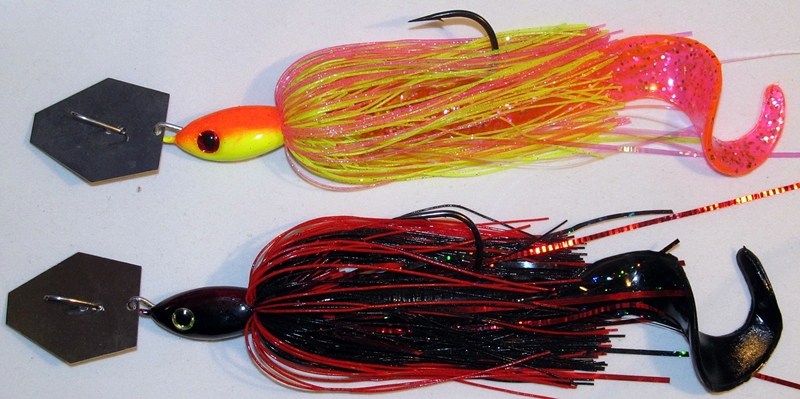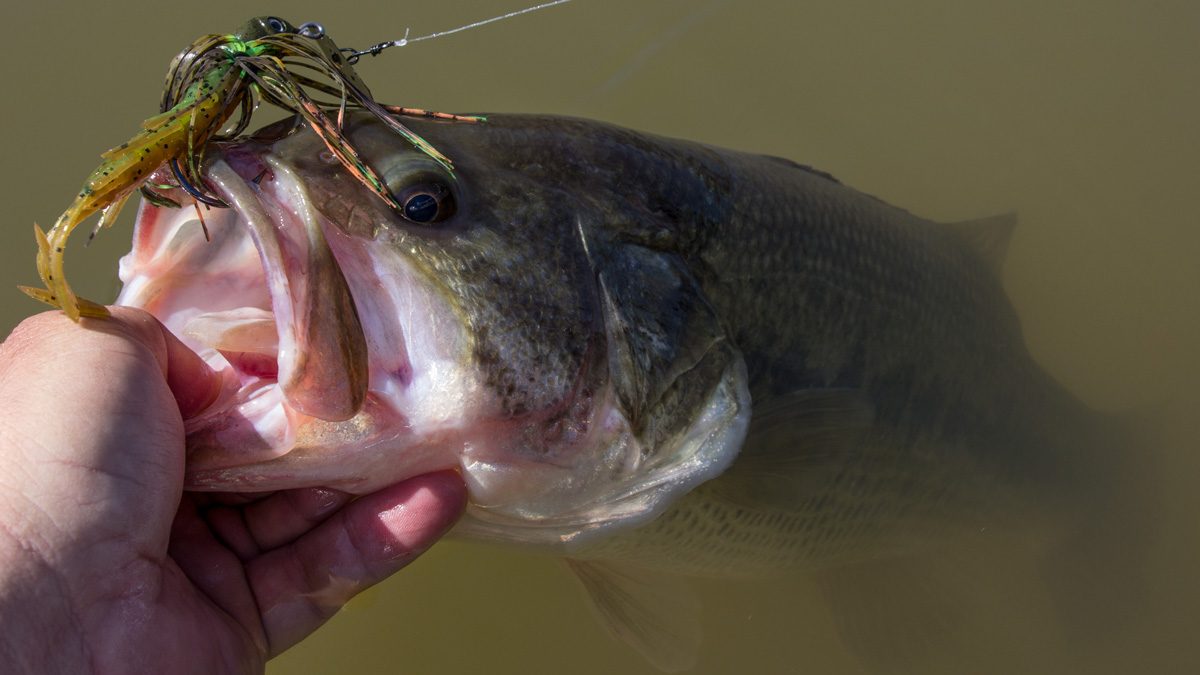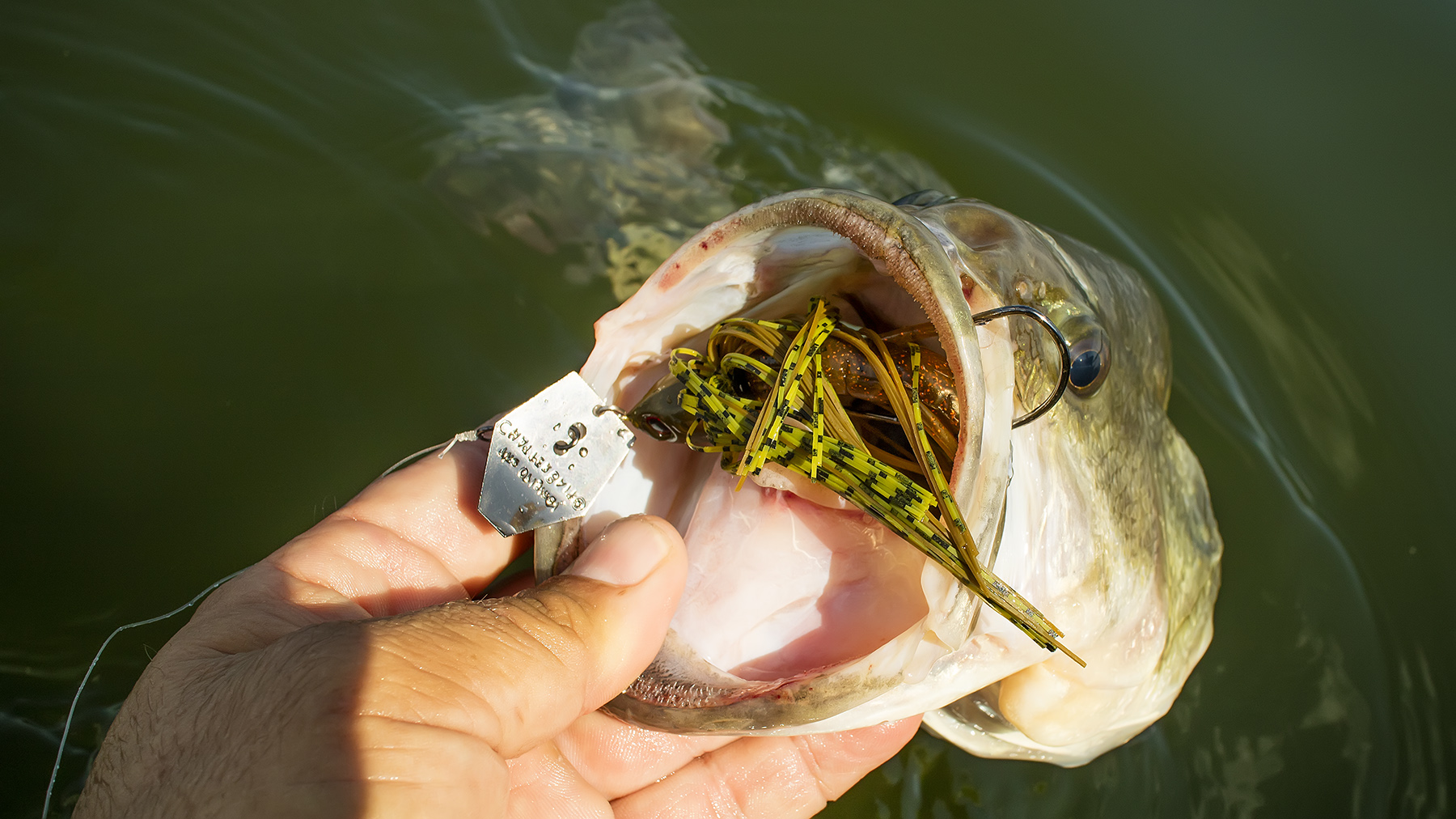If you are a seasoned angler, you have probably come across the chatterbaits or even happened to use one while fishing. If you haven’t, you may be wondering – what are chatterbaits?

Chatterbaits are bladed jigs that consist of a hexagonal blade, lead head, and colored skirt. If you have worked with spinnerbaits, jigs, or crankbaits before, you may be confused by what chatterbaits offer that are different from the other baits?
These baits have a sound component that makes them very efficient as compared to the other baits. The blade is crafted so that it bounces off the lead head and reverses it. It gives the lure many pulses in a short time without the angler pulling at it.
Here is, how to use chatterbait for success on the water:
Fishing with Chatterbait

Chatterbait is known for its versatility; it can be fished like a spinnerbait, crankbait, or jig. It is like you have all these lures combined into one while using it.
I. Selecting the Ideal Lure
If you want to use chatterbait like a jig, you will need to choose those that weigh 3/8 to 5/8 of an ounce. Darker-colored lures work more efficiently. You can choose from black-and-black, green pumpkin, etc.
II. Orientation
When using a chatterbait ensure that the blade is close to the lead head. Its design is in a way that it rocks back and forth while at the same time striking the lead head. It results in a wobbling erratic action of the lure which attracts bass.
It also produces a rattling noise that irritates the bass and causes it to move to strike. For better results, keep the blade closer to the lead head.
III. Focus on the Retrieve
You can use different retrieve techniques when using a chatterbait, from medium to fast retrieve. If you are a novice with using chatterbaits, then using a regular cast and retrieve, will do just fine as well. However, for every 4 to 5 turns of the reel of your fishing rod, speed up your retrieve.
It will give the lure a more erratic action which is a strike getter because as you retrieve it, it usually veers off course erratically and thus the erratic action associated with this bait.
IV. Adapt it to What the Fish Want
As an angler, you know the importance of changing your lure to what the bass wants to have successful bites from the bass. If the fish are less active, especially during cold weather, a slow retrieve will do the trick. When they are active, crank your lure across the water for successful bites.
If you are fishing areas with thick vegetation cover, try to pop the chatterbait out. Bass usually swarm to where there’s movement, and you are likely to get bites out of this.
V. Change the Presentation of Your Lure
If you want to change your retrieve and the presentation of the bait, you can either:
- Remove the skirt from the lure: It changes the profile of the bait to be a little bit smaller. It, therefore, allows retrieving of the lure at a higher speed. It also gives the bass a different presentation, something they are not used to and will most likely want to get a bite.
- Color the blade of the bluegill chatterbait: It gives the lure a more natural profile as bluegill don’t have a shiny head. You could use paint or even a marker. If your lure represents shad, then leave the blade shiny, just as it is.
- Slightly bend the edge at the top: If you have been using your chatterbait blade as it is, you may have noticed that the lure tends to come up. It makes it difficult to fish in deep waters. This movement happens to some and not all the makes. To make your chatterbait fish deep waters, bend the tip of the blade slightly, just a few inches from its tip.
Going Pro with Chatterbait Fishing

Chatterbait is a versatile fishing lure that allows you to retrieve it in many different ways. When retrieving it, the blade gives a chatter sound and vibration. This attribute is what makes chatterbait more efficient as a lure.
It works well in both murky and clear water and has often been used in sports fishing in freshwater with great results. The pro tips outlined above will help improve your success at getting bites when out fishing.
If your lure keeps coming up when you want it to go deep under, then, use a pair of scissors to bend the top slightly. Color the blade of your bluegill chatterbait to give it a more natural look. You can use dark paint or a marker.
*****
Tell us about your experience in using chatterbaits, after following the outlined tips.
ABOUT THE AUTHOR:

Lisa Johnson was raised in a family with a strong background and passion for all things related to fishing. When she is not out wetting a line, she is sharing a wide range of tips and tricks on Fall For Fishing – to help others to snag their big catch!

Hi, Lisa Johnson, Your tips are amazing.
The bait that you use in the article really catches the attention of
every fishing enthusiast. It’s very informative because it discusses every angle of ChatterBait. You can also add some recommendations how to maximize
fishing experience in any outdoor or camping situation. It will be more helpful even for people doing it for the first time.
Thanks,
Nigel William
http://www.toolazine.com
Hello, Lisa Johnson
Why darker-colored lures work more efficiently to catch fish?